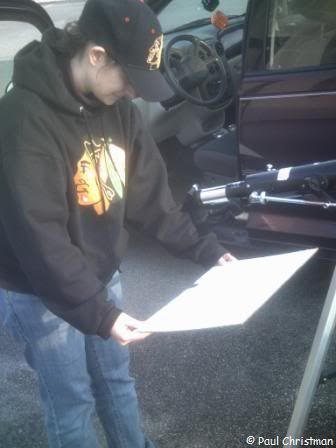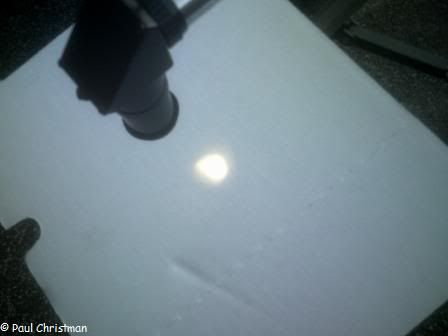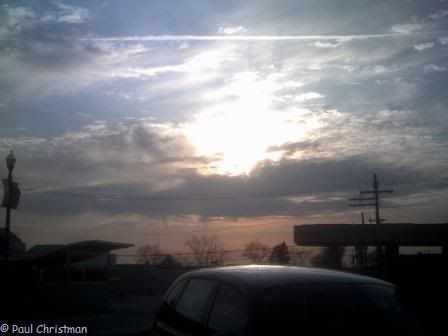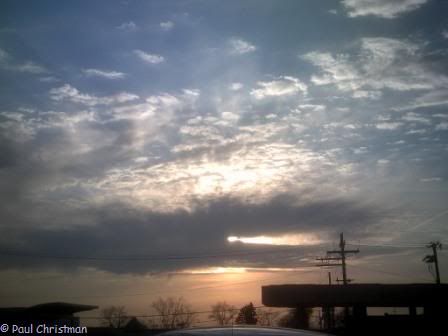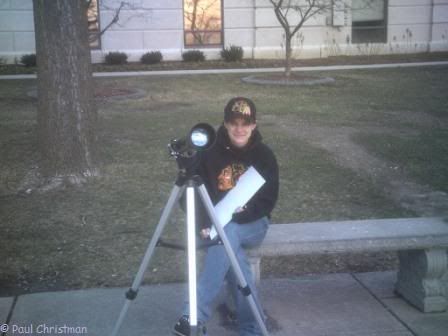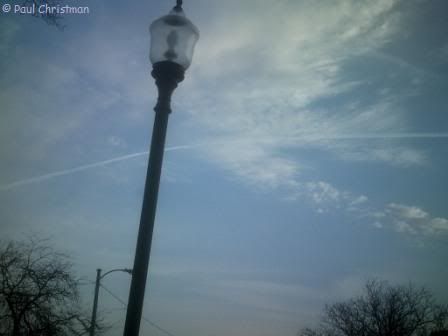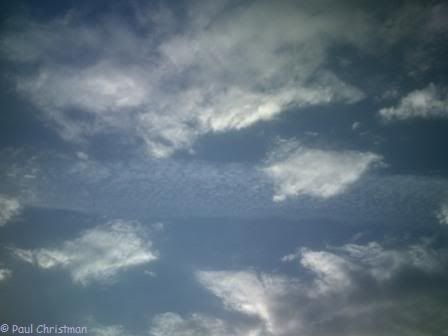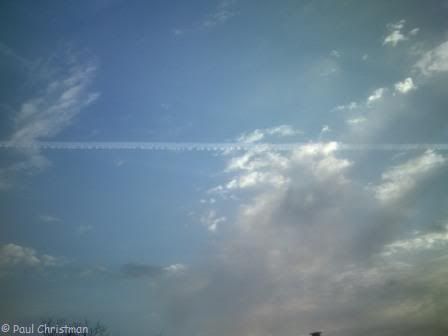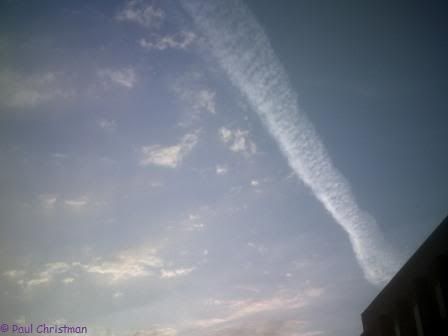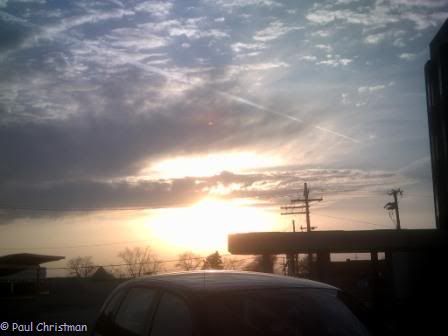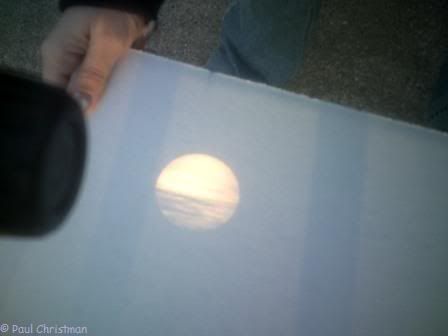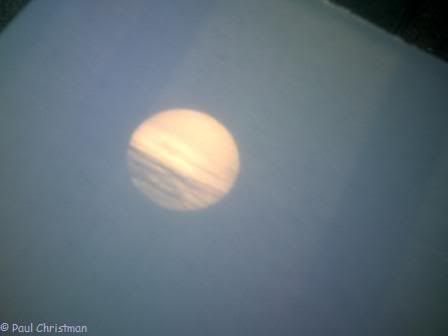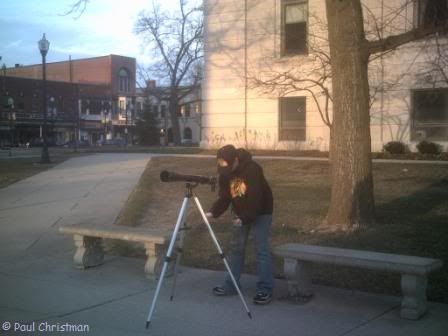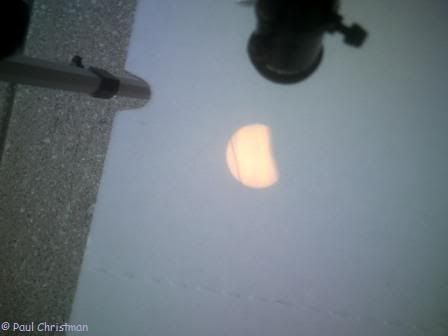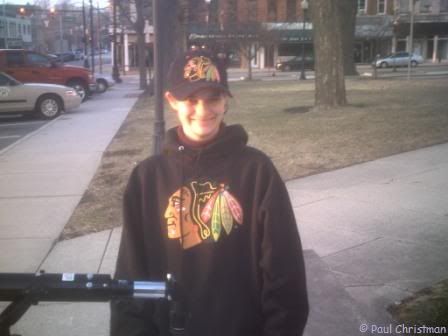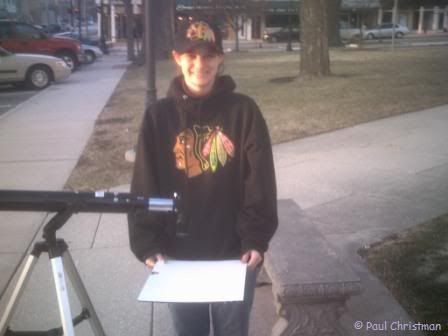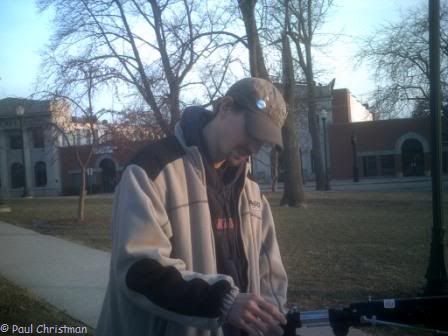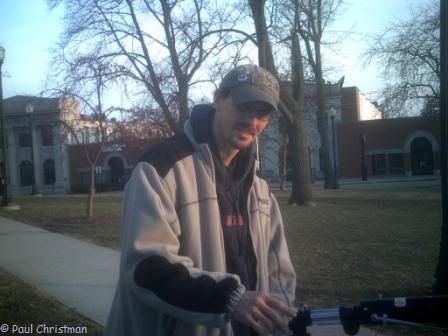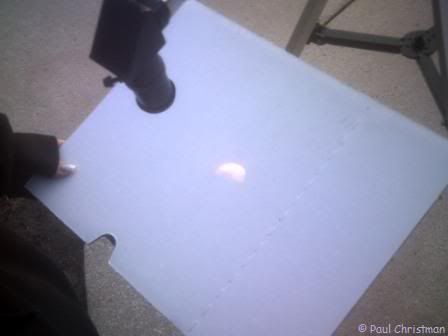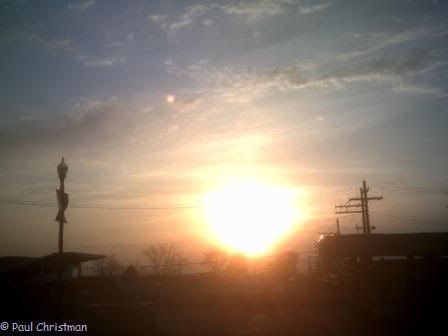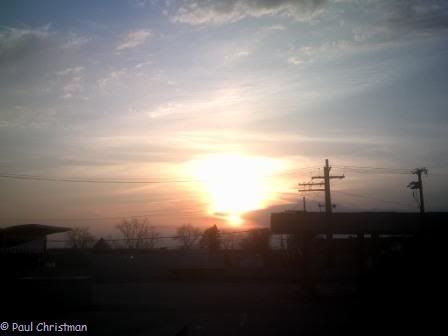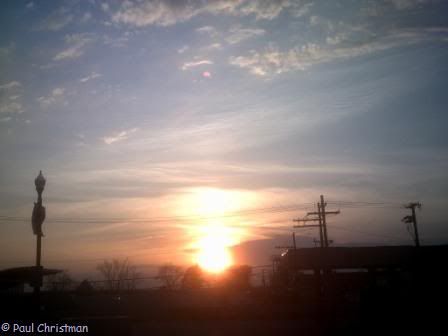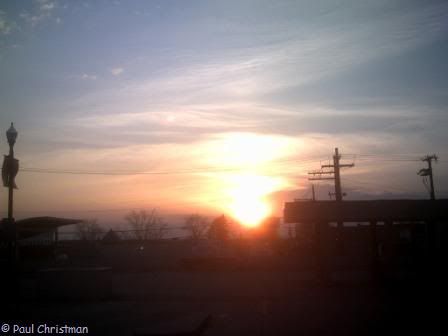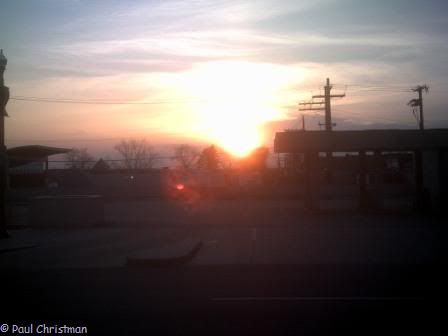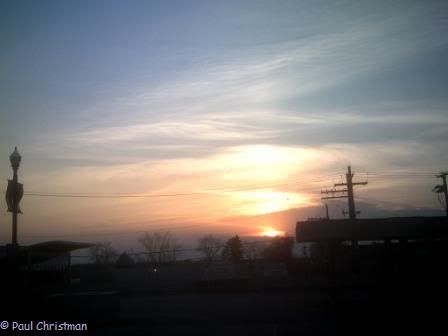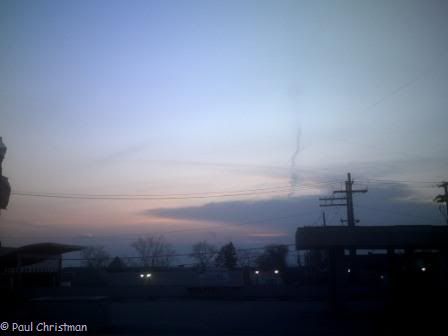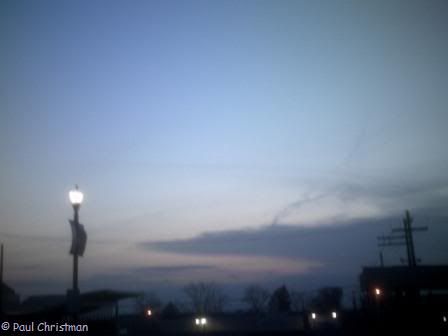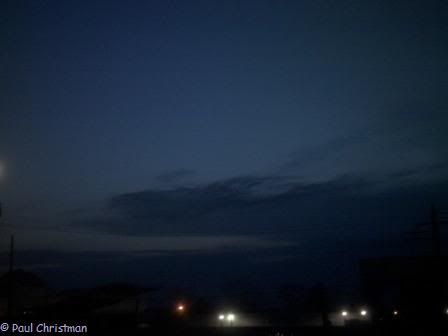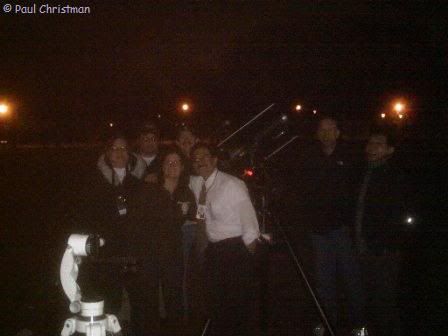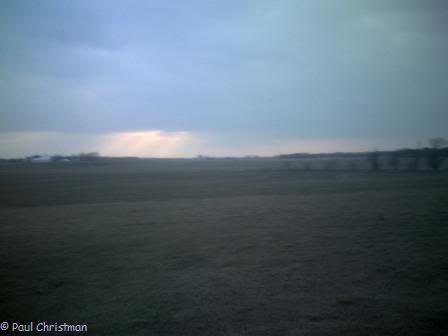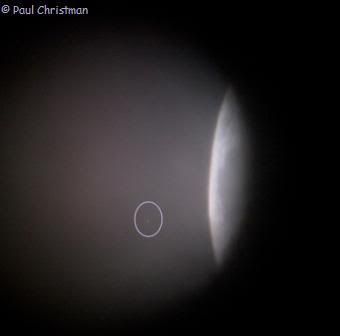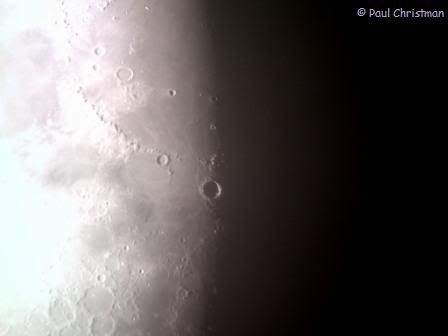I was looking forward to Sun-Earth Day on last Sunday’s equinox, and was hoping to share a little science and solar observing at a sidewalk session. I even borrowed a Coronado solar scope from Calumet Astronomical Society to enhance the experience. (I haven’t been able to use it because it doesn’t have a mount. I found out later there is a refractor with a white light filter that the Coronado rides piggyback. I was going to go to the observatory to look for it, but Sunday’s forecast called for rain all day, so I decided not to waste the gas.)
Sunset sequence.
Hillary and I were going out for pizza with friends in the early afternoon, and when we left the pizza joint, we stopped at Blackbird Café for awhile. Sitting inside, Hillary noticed the rain had stopped and the Sun was out. I was in the middle of blog writing, so we didn’t go out right away. When we left, the Sun was low to the west, but occasionally peeking through the clouds still off in that direction. I pulled into the parking lot where we had done some new Moon observations last year. We tried sunspot observing, but couldn’t get a clear view. Trying to take advantage of the nice spring evening, we moved across the street hoping to gain some foot traffic. For some reason though, there were very few people out, and not being at the Lincolnway corner (which didn’t have a view of the Sun) hurt our chances even more.
Hillary checking for sunspots.
The Sun was looking fuzzy through the clouds.
Hillary takes a break while waiting for the Sun to peek out again.
I was watching the airplane contrails as well as the Sun.
The clouds blocking the Sun hampered our sunspot observing, but made for interesting images.
We started to lose the Sun behind the building across the street, so I moved the telescope again. It was so low that SUVs driving by blocked our view.
Hillary enjoying being a better solar astronomer than me.
Me, trying to imitate Hillary's successful observations.
We had a few times when the Sun shone through the clouds strong enough to get a good look at the solar disk. Hillary discovered one, then another sunspot. There may have been a third sunspot, but I didn’t check the SDO images until late Monday, so it could have developed after our observation. Hillary hasn’t done nearly as much solar observing as me, but she proved that she had a sharp eye by finding the pair of sunspots before me. I was proud of her, because sometimes I think she has only taken an interest in astronomy to make me happy. Sunday she showed that she pays attention when I ramble on about observing this or that.
When the Sun finally disappeared behind the clouds, and then below the horizon, I still thought the clouds were on a clearing trend. I wanted to catch the conjunction of Mercury and Jupiter. Mercury is always a tough catch, and Jupiter is about to slip behind the Sun, first of sight, and then into the morning sky. Overhead was mostly clear, but the clouds off to the west weren’t budging. Hillary sat in my car, out of the cooling evening, listening to the Blackhawks game while I not so patiently waited for our biggest and smallest planets.
By 7:30, it should have been dark enough for the planets to show. The clouds, however, decided to foil my efforts by advancing eastward. Hillary said she saw lightning to the north, and sure enough that direction was getting much darker than the rest of the sky. A thunder storm was moving in, ending our observation.
Waiting for the clouds to clear to see Mercury and Jupiter. Instead, they finally started moving east, ending the session.

